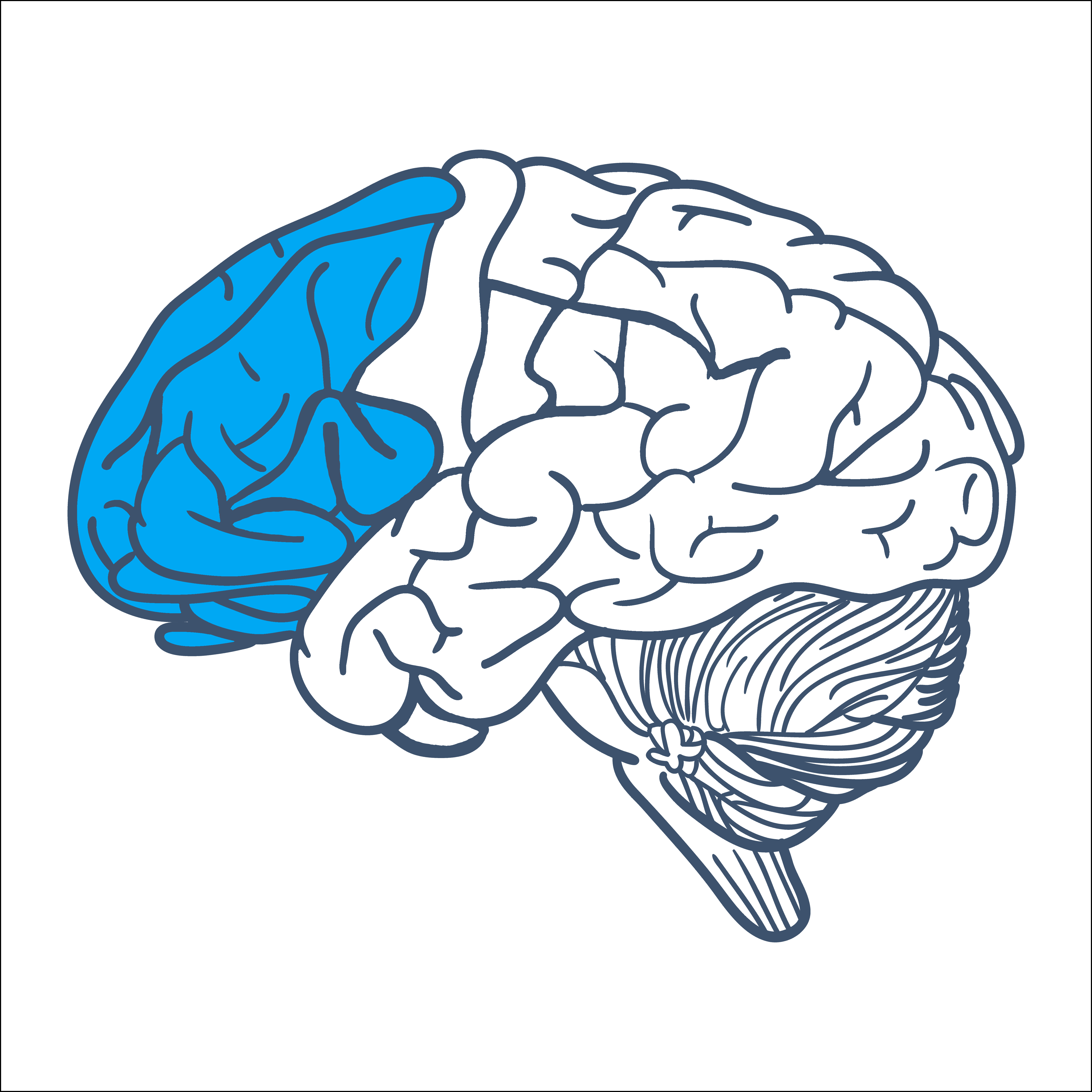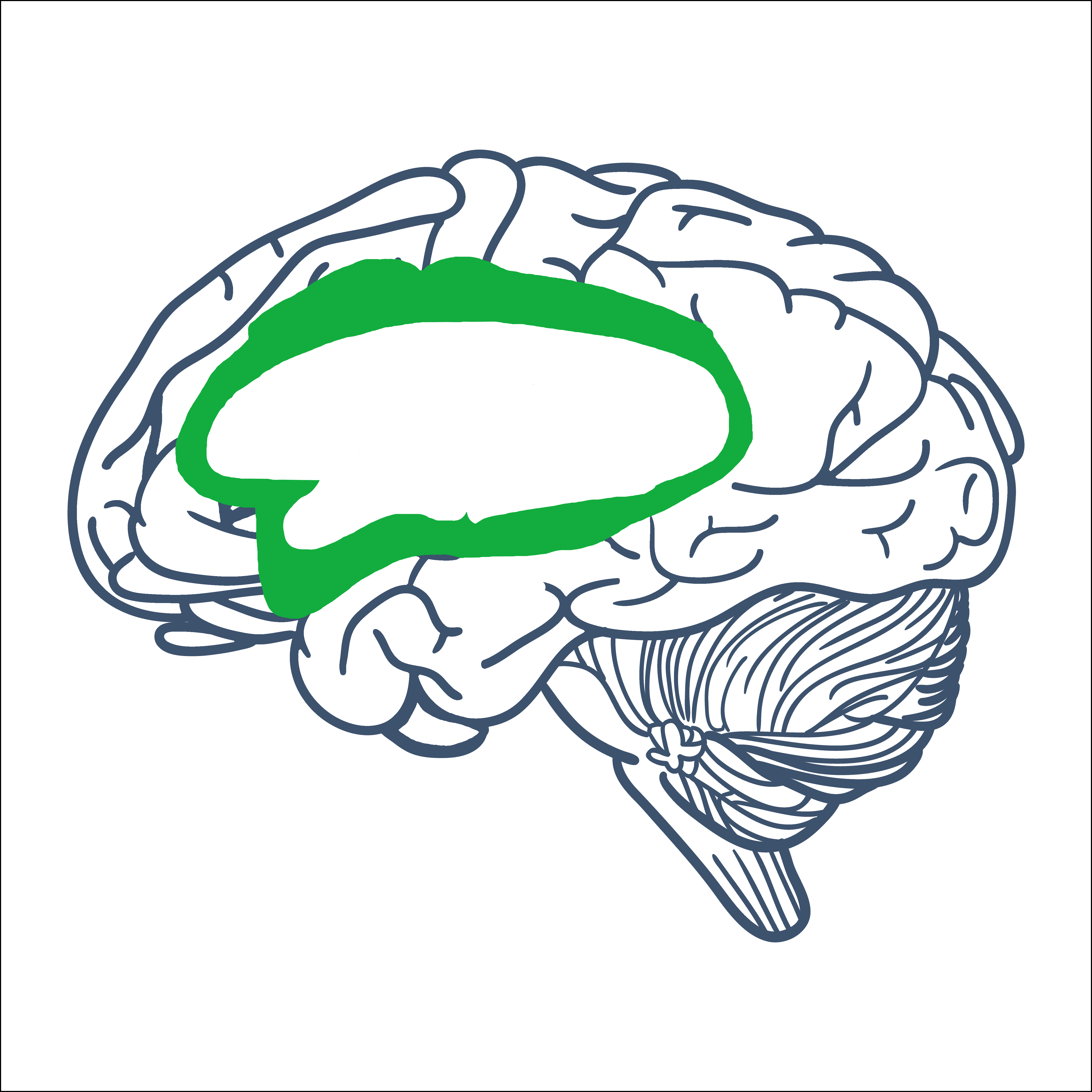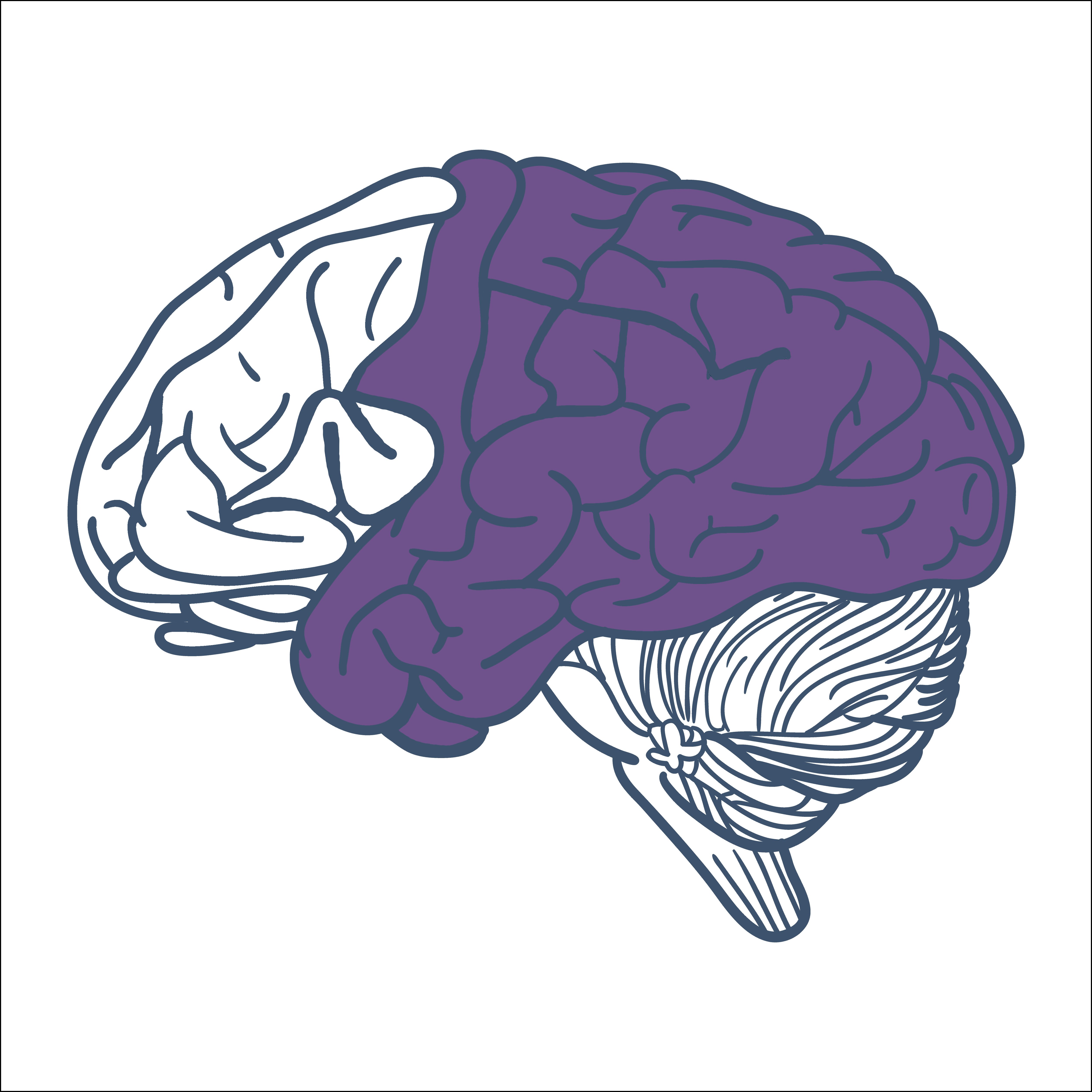The Strategic Network: The "How" of Learning
Influences how we organize and communicate our thinking. Enables us to plan, monitor, and execute actions and skills. Writing an essay or solving a math problem are strategic tasks.
Principle: Provide Multiple Means of Action & Expression
Learners differ in the ways that they can navigate a learning environment and express what they know. For example, individuals with significant movement impairments (e.g., cerebral palsy), those who struggle with strategic and organizational abilities (executive function disorders), those who have language barriers, and so forth approach learning tasks very differently. Some may be able to express themselves well in written text but not speech, and vice versa. It should also be recognized that action and expression require a great deal of strategy, practice, and organization, and this is another area in which learners can differ. In reality, there is not one means of action and expression that will be optimal for all learners; providing options for action and expression is essential.
CAST (2018). Universal Design for Learning Guidelines version 2.2.
A textbook or workbook in a print format provides limited means of navigation or physical interaction (e.g., turning pages, handwriting in spaces provided). Many interactive pieces of educational software similarly provide only limited means of navigation or interaction (e.g., using a joystick or keyboard). Navigation and interaction in those limited ways will raise barriers for some learners—those with physical disabilities, blindness, dysgraphia, or who need various kinds of executive functioning supports. It is important to provide materials with which all learners can interact. Properly designed curricular materials provide a seamless interface with common assistive technologies through which individuals with movement impairments can navigate and express what they know—to allow navigation or interaction with a single switch, through voice-activated switches, expanded keyboards, and others.
Physical Action Checkpoints
- Vary the methods for response and navigation
- Optimize access to tools and assistive technologies
- Click Here to learn more
There is no medium of expression that is equally suited for all learners or for all kinds of communication. On the contrary, there are media, which seem poorly suited for some kinds of expression, and for some kinds of learning. While a learner with dyslexia may excel at storytelling in conversation, he may falter when telling that same story in writing. It is important to provide alternative modalities for expression, both to the level the playing field among learners and to allow the learner to appropriately (or easily) express knowledge, ideas, and concepts in the learning environment.
Expression & Communication Checkpoints
- Use multiple media for communication
- Use multiple tools for construction and composition
- Build fluencies with graduated levels of support for practice and performance
- Click Here to learn more
At the highest level of the human capacity to act skillfully are the so-called “executive functions.” Associated with networks that include the prefrontal cortex, these capabilities allow humans to overcome impulsive, short-term reactions to their environment and instead set long-term goals, plan effective strategies for reaching those goals, monitor their progress, and modify strategies as needed. In short, they allow learners to take advantage of their environment. Of critical importance to educators is the fact that executive functions have very limited capacity due to working memory. This is true because executive capacity is sharply reduced when:
- Executive functioning capacity must be devoted to managing “lower-level” skills and responses which are not automatic or fluent thus the capacity for “higher-level” functions is taken.
- Executive capacity itself is reduced due to some sort of higher-level disability or to lack of fluency with executive strategies. The UDL framework typically involves efforts to expand executive capacity in two ways:
- Scaffolding lower level skills so that they require less executive processing
- Scaffolding higher-level executive skills and strategies so that they are more effective and developed.
Previous guidelines have addressed lower level scaffolding, this guideline addresses ways to provide scaffolding for executive functions themselves.
Executive Functions Checkpoints
- Guide appropriate goal setting
- Support planning and strategy development
- Facilitate managing information and resources
- Enhance capacity for monitoring progress
- Click Here to learn more
 Official Site of The State of New Jersey
Official Site of The State of New Jersey



